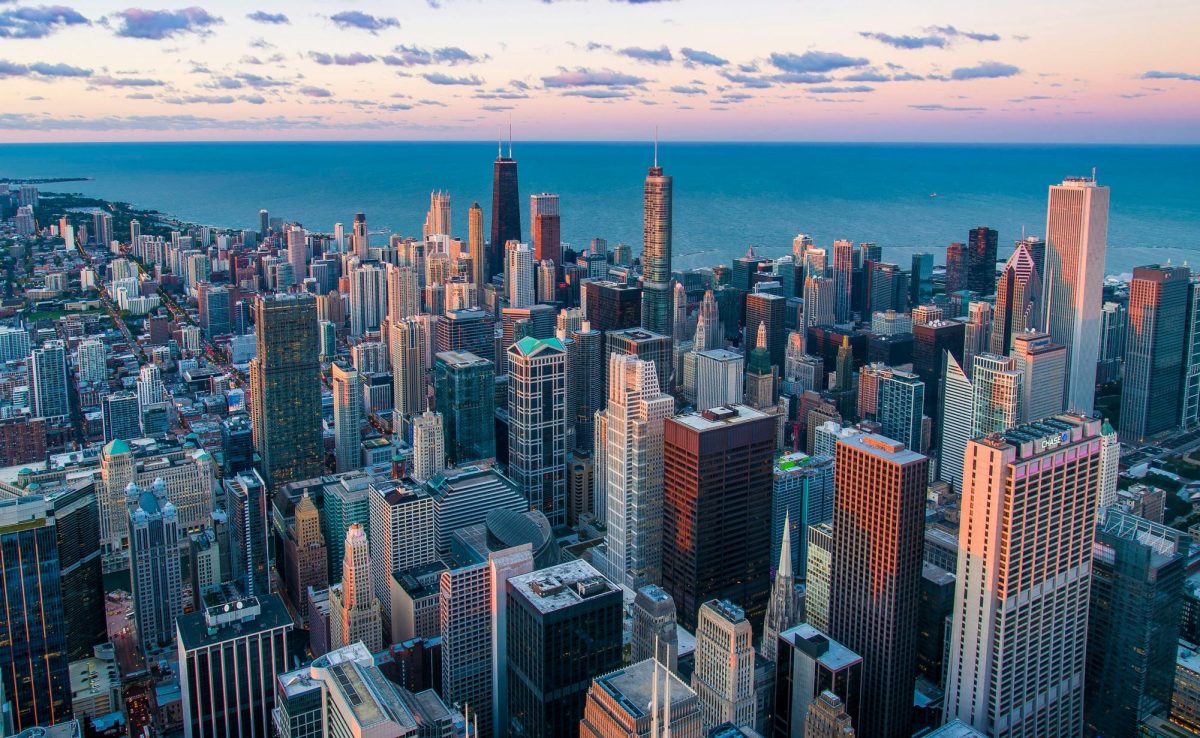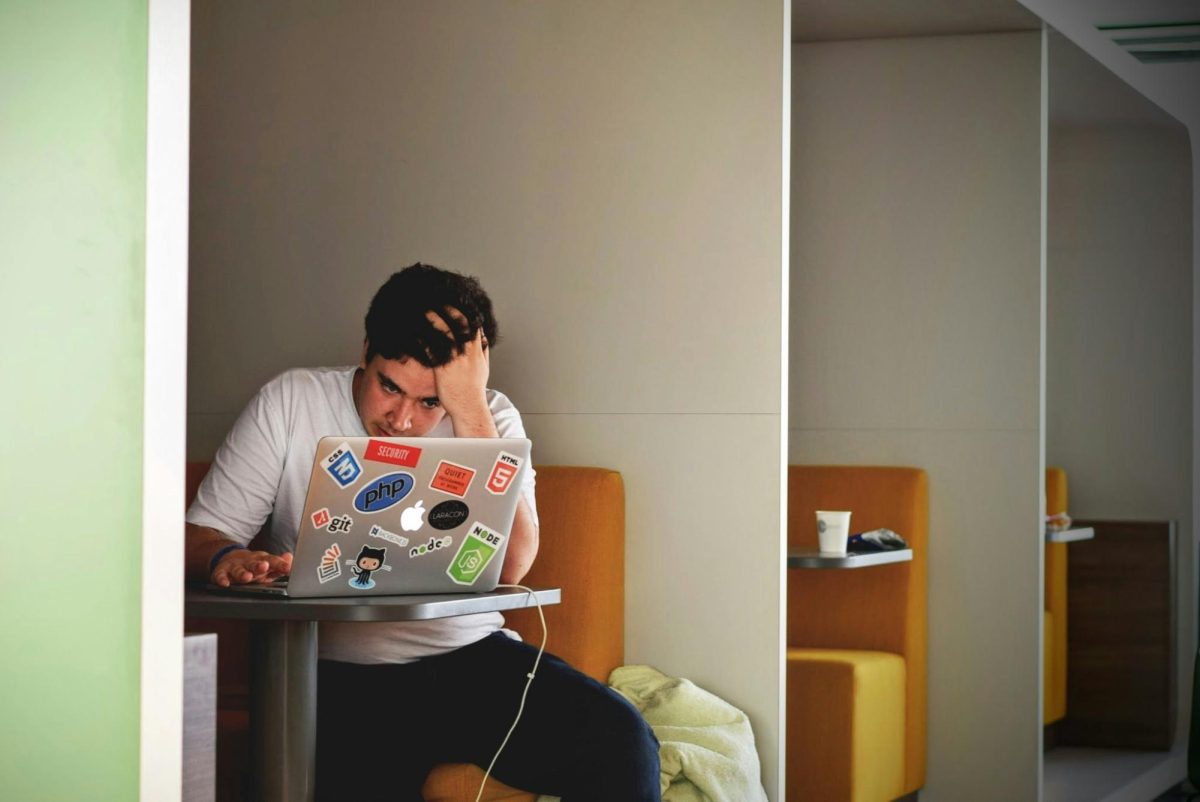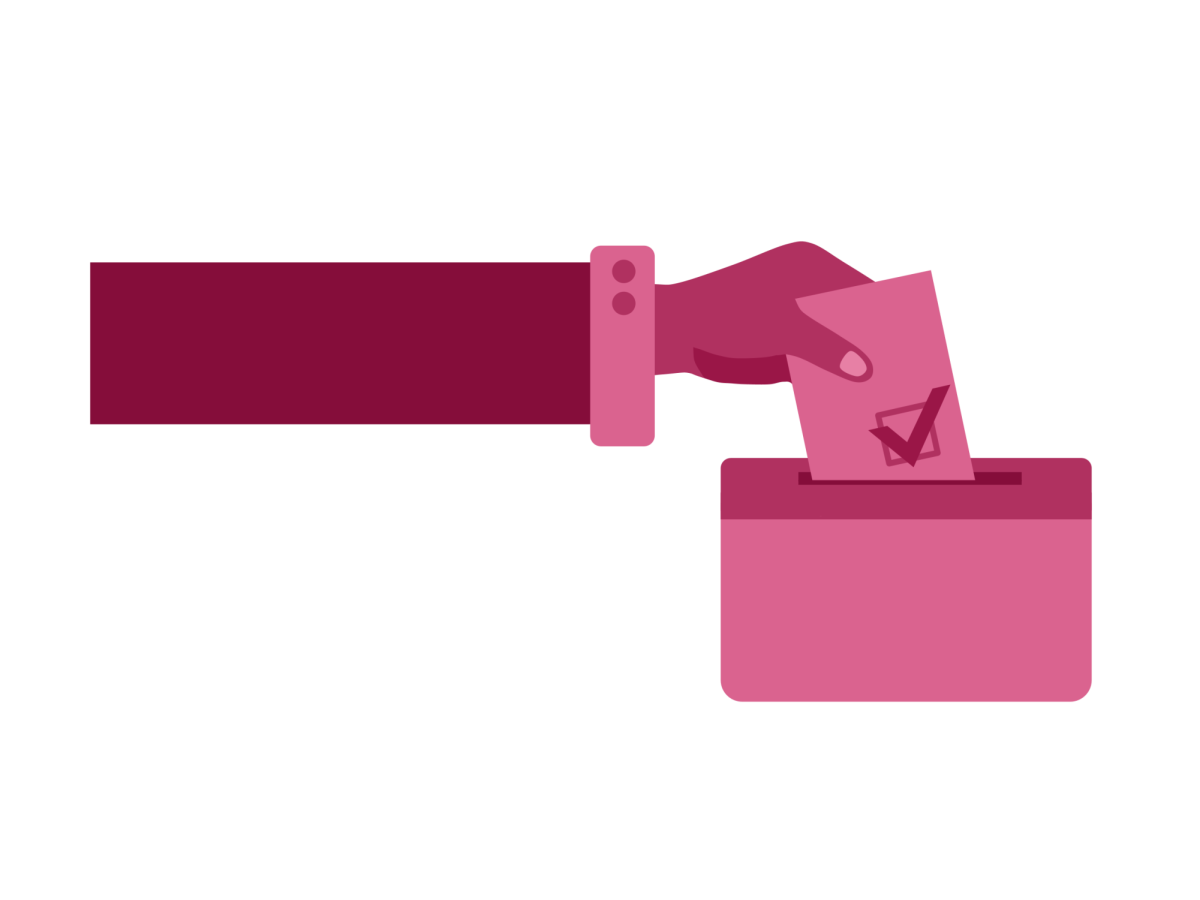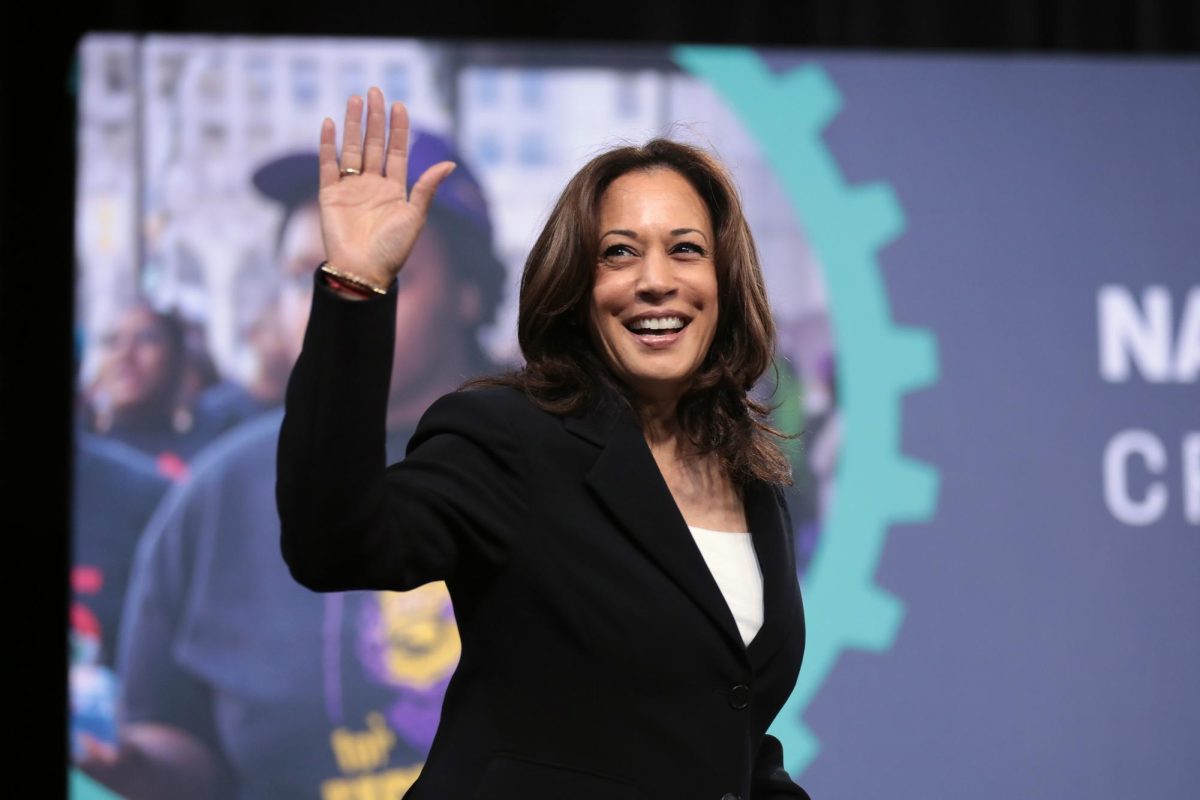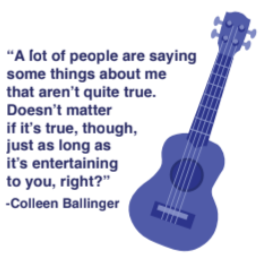
With social media providing a platform for anyone to view online content, influencers are now accustomed to constantly being under the public eye and opinion. Although many have been called out for inappropriate behavior, not all are held accountable for their actions. Furthermore, creators who do receive criticism often continue posting with little backlash as the internet’s spotlight shifts and the trend cycle continues.
YouTube has long been a platform with problematic creators, from Logan Paul filming a dead body on his vlog in 2018 to the most recent Colleen Ballinger grooming allegations of 2023. Other popular names such as David Dobrik and James Charles have been called out for past inappropriate behavior, whether through their channels or in their real lives.
As a way for creators to take accountability for their actions, many began filming apology videos. The sincerity of these videos has been long questioned, as well as the impact they have. Many users believe that influencers are just trying to save their careers with apology videos instead of being genuinely sorry.
The infamous Logan Paul apology video titled “So Sorry,” opens with Paul saying, “I’ve made a severe and continuous lapse of my judgment, and I don’t expect to be forgiven. I’m simply here to apologize.”
In contrast, the more recent takes on this apology method are less forgiving and empathetic. The video that Ballinger posted about allegations regarding inappropriate relationships with minors is titled “hi.” Ballinger sings an original song accompanied by a ukulele as a way to confront serious claims. “A lot of people are saying some things about me that aren’t quite true. Doesn’t matter if it’s true, though, just as long as it’s entertaining to you, right?” Ballinger sings in the video.
Regardless of the format of the apology and how the creator attempts to take accountability, they are still able to continue posting content, despite their negative influences. Moreover, this harmful content is often directed towards a younger audience.
YouTube creator Sebastian Bails is a prime example, posting prank videos that go as far as pretending to be in an abusive relationship to trick his friends, with his target audience being children. This type of content can be triggering for people who have experienced abuse and allows children to view this as normal behavior or as a joking matter.
Reaction YouTuber Kurtis Conner said, “The fact that these people’s audiences are mostly younger, it’s just baffling to me that they sat down, thought of the idea, filmed it, edited it, and posted it without ever thinking that it was a bad idea.” Bails’ video titled, “FIGHTING IN FRONT OF OUR FRIENDS PRANK,” was eventually demonetized, but besides apologizing on Twitter, he did not attempt to ‘right’ his wrongdoings. While Conner donated the money from his video to the domestic abuse charity LoveIsRespect, Bails posted on Twitter that he only made $93 from the video.
According to Engadget, harmful content can be posted on YouTube in the first place because YouTube isn’t technically publishing the videos, it’s hosting them. By U.S. law, hosts cannot be held responsible for the content of other people’s work.
YouTube does have a set of community guidelines and policies to protect users from harmful content, but the platform itself still pays creators for their videos, establishing an economic relationship different from other social media platforms.
According to Statista, YouTube’s global advertising revenues amounted to approximately 29.24 billion dollars in 2022. Amid Logan Paul’s popularity, YouTube temporarily cut off his ad revenue with the sharing of harmful content. However, with the ever-changing trends of the internet, problematic content is brought into the limelight until a new creator is called out, and then the cycle continues.



